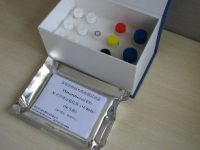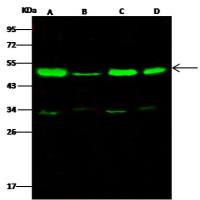Genetic Engineering of Live Attenuated Influenza Viruses
互联网
845
The first live attenuated influenza vaccine (LAIV) was licensed in the USA in 2003; it is a trivalent vaccine composed of two type A (H1N1 and H3N2) and one type B influenza virus each at 107 fluorescent focus units (FFU). Each influenza vaccine strain is a reassortant virus that contains the hemagglutinin (HA) and neuraminidase (NA) gene segments from a wild-type influenza virus and the six internal protein gene segments from a master donor virus (MDV) of either cold-adapted A/Ann Arbor/6/60 or B/Ann Arbor/1/66. MDV confers the cold-adapted, temperature-sensitive, and attenuation phenotypes to the vaccine strains. The reassortant vaccine seeds are currently produced by reverse genetics and amplified in specific pathogen-free (SPF) 9–11 days old embryonated chicken eggs for manufacture. In addition, MDCK cell culture manufacture processes have been developed to produce LAIV for research use and with modifications for clinical and/or commercial grade material production.









